Kateryna Titova - Rachmaninov (2008)
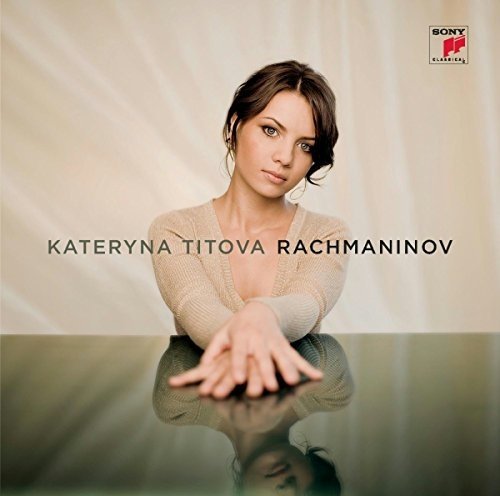
Artist: Kateryna Titova
Title: Rachmaninov
Year Of Release: 2008
Label: Sony Classical
Genre: Classical
Quality: APE (image+.cue,log,booklet)
Total Time: 54:06
Total Size: 176 Mb
WebSite: Album Preview
Tracklist: Title: Rachmaninov
Year Of Release: 2008
Label: Sony Classical
Genre: Classical
Quality: APE (image+.cue,log,booklet)
Total Time: 54:06
Total Size: 176 Mb
WebSite: Album Preview
Piano Sonata No. 2 in B flat minor, Op. 36
1. Allegro agitato
2. Non allegro. Lento
3. L'istesso tempo. Allegro molto
Prelude for piano No.23 in G sharp minor, Op. 32/12
Prelude for piano No.5 in D major, Op. 23/4
Prelude for piano No.6 in G minor, Op. 23/5
Morceaux de fantaisie (5), for piano, Op. 3
No. 2. Prélude, cis-Moll
No. 1. Élégie, es-Moll
Moments Musicaux (6) for piano, Op. 16
No. 4. Presto, e-Moll
Etudes-Tableaux, for piano, Op. 33
No. 7. Allegro con fuoco, Es-Dur
Polka W.R., for piano in A flat major, TN ii/18
Transcription of Rimsky-Korsakov's "Flight of the Bumblebee" from "The Tale of the Tsar Saltan" for piano, TN iii/9
Performers:
Kateryna Titova, piano
There's no question about pianist Kateryna Titova's technique in her debut recital, and a good thing, too, since the program consists entirely of works by Rachmaninov, the composer of some of the most transcendentally difficult piano music of the fin de siècle. But no matter what the Russian composer asks for -- be it the tumults of notes that open the Allegro agitato of his Second Piano Sonata, the ethereal ostinatos that start the Prélude in G minor, the monumental sonorities that fill the Prélude in C sharp minor, or the feathery arabesques that saturate the composer's transcription of Rimsky-Korsakov's Flight of the Bumblebee -- the young Ukrainian-born, German-based pianist nails them all. If that were all Titova brought to this music, it would be remarkable but not unusual; there are many pianists out there who could do the same.
But technique is not all Titova brings to the music; she also brings clarity and an effable sense of poetry. Many other pianists can play all the notes in the Second Sonata, but few can elucidate its gnarly textures like Titova. Similarly, many other pianists can hammer all the sonorities in the C sharp minor Prélude, but few can illuminate its harmonic progression like Titova. Better yet, the young pianist is not caught up in the game of ''my Rachmaninov is more emotionally excessive than your Rachmaninov." While there is no lack of expressivity in her Élégie in E flat minor or her Prelude in D major, Titova never seems to force the music to wear its heart on its sleeve, but rather allows it to naturally reveal itself. Though some might miss the emotionally extravagant Rachmaninov of Ashkenazy and Richter, others will embrace Titova's more lyrical Rachmaninov as a welcome alternative to the usual late-Romantic Sturm und Drang. Recorded in the venerable Jesus-Christus-Kirche in Berlin, Sony's sound here is rich, deep, warm, and amazingly transparent.
But technique is not all Titova brings to the music; she also brings clarity and an effable sense of poetry. Many other pianists can play all the notes in the Second Sonata, but few can elucidate its gnarly textures like Titova. Similarly, many other pianists can hammer all the sonorities in the C sharp minor Prélude, but few can illuminate its harmonic progression like Titova. Better yet, the young pianist is not caught up in the game of ''my Rachmaninov is more emotionally excessive than your Rachmaninov." While there is no lack of expressivity in her Élégie in E flat minor or her Prelude in D major, Titova never seems to force the music to wear its heart on its sleeve, but rather allows it to naturally reveal itself. Though some might miss the emotionally extravagant Rachmaninov of Ashkenazy and Richter, others will embrace Titova's more lyrical Rachmaninov as a welcome alternative to the usual late-Romantic Sturm und Drang. Recorded in the venerable Jesus-Christus-Kirche in Berlin, Sony's sound here is rich, deep, warm, and amazingly transparent.
![Noé Sécula - A Sphere Between Other Obsessions (2025) [Hi-Res] Noé Sécula - A Sphere Between Other Obsessions (2025) [Hi-Res]](https://www.dibpic.com/uploads/posts/2025-12/1766108017_sej880ryk23va_600.jpg)
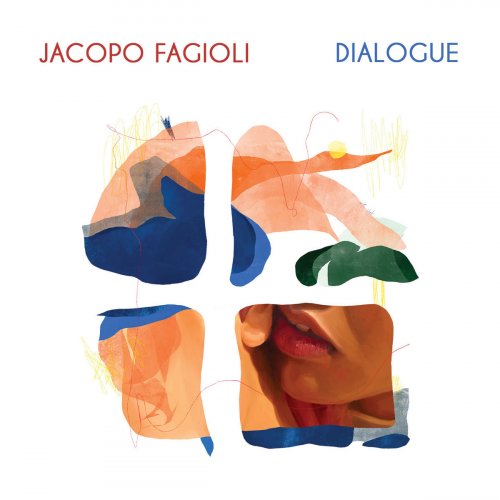
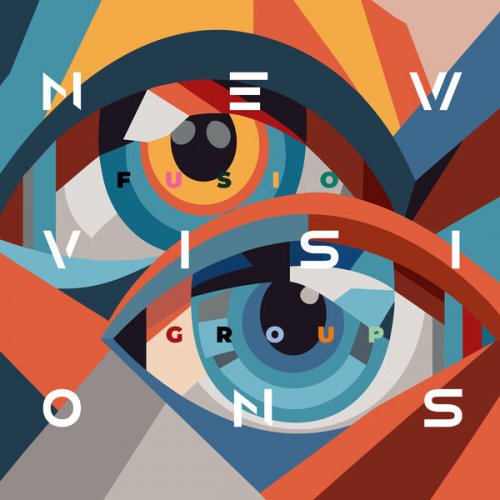
![Clifton Chenier - Clifton Chenier and His Red Hot Louisiana Band (1978) [Hi-Res] Clifton Chenier - Clifton Chenier and His Red Hot Louisiana Band (1978) [Hi-Res]](https://img.israbox.com/img/2025-12/20/u7c9mz3puf20w5rxo6nmae80o.jpg)
![The Baroque Jazz Ensemble - The Baroque Jazz Ensemble (feat. Ira Schulman) (2025) [Hi-Res] The Baroque Jazz Ensemble - The Baroque Jazz Ensemble (feat. Ira Schulman) (2025) [Hi-Res]](https://img.israbox.com/img/2025-12/19/yehoqbmzkuwk180c26lz85clx.jpg)
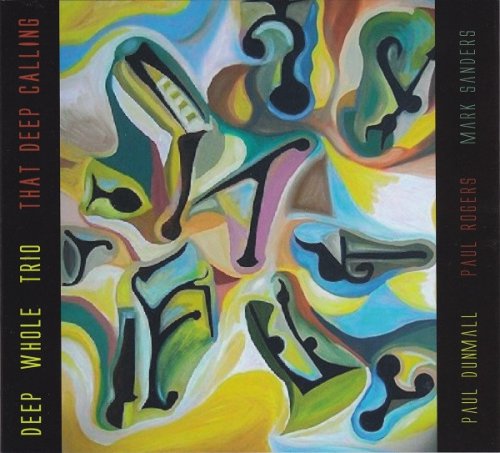
![Paul Mauriat - L'avventura (1972) [Hi-Res] Paul Mauriat - L'avventura (1972) [Hi-Res]](https://img.israbox.com/img/2025-12/19/q8l5an3pdrx7j3uta0q4cr2qi.jpg)
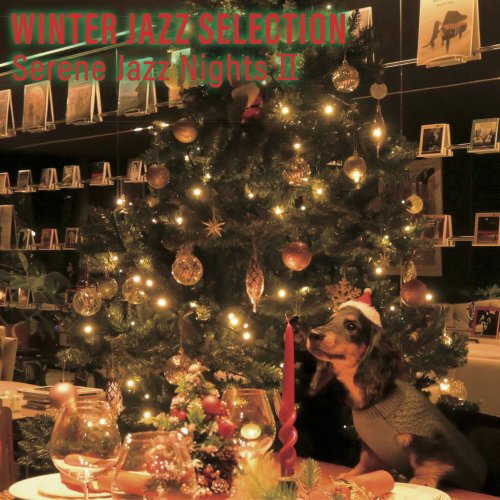
![Joshua White - Flora and Fauna: 9 Preludes for Solo Piano (2025) [Hi-Res] Joshua White - Flora and Fauna: 9 Preludes for Solo Piano (2025) [Hi-Res]](https://img.israbox.com/img/2025-12/19/1w90raxdb6ohgwszk3wk3pfts.jpg)